Ed在高层建筑与都市人居委员会(CTBUH)年度大会2D会议:高层建筑和公共形象开头做了报告“将高层建筑融入环境,避免拼凑型城市”。
报告指出,很多高层建筑的设计意图要么是作为特殊标志,要么是体现国际设计趋势,注意力和预算主要放在工程和建筑材料上。
这种做法错失了与当地文化进行互补的机会。再加上底层缺乏投资和设计重点,往往无法打造优质的、与众不同的、可达的公共领域。
Ed在高层建筑与都市人居委员会(CTBUH)年度大会2D会议:高层建筑和公共形象开头做了报告“将高层建筑融入环境,避免拼凑型城市”。
报告指出,很多高层建筑的设计意图要么是作为特殊标志,要么是体现国际设计趋势,注意力和预算主要放在工程和建筑材料上。
这种做法错失了与当地文化进行互补的机会。再加上底层缺乏投资和设计重点,往往无法打造优质的、与众不同的、可达的公共领域。
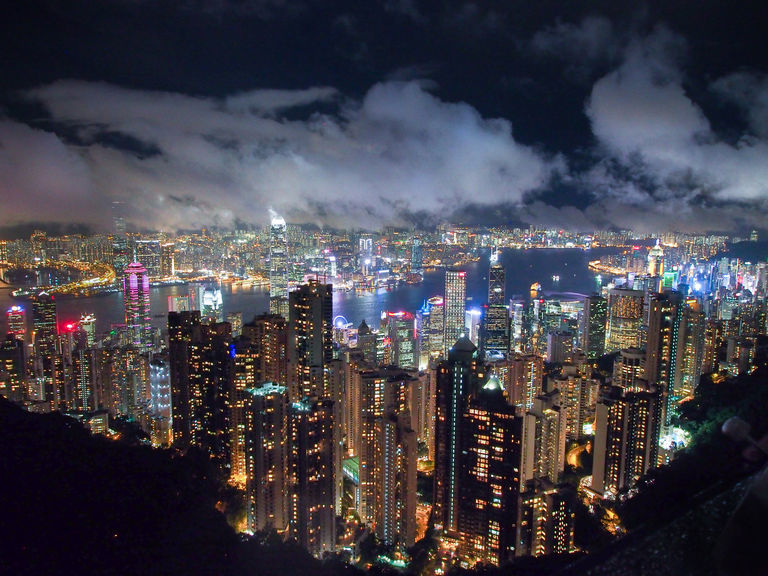
在谈到这一点时,Ed说:“高层建筑满足密度需求,这一点在迅速推进城市化的亚洲尤为重要。必须适当建设高层建筑。由于体量巨大,高层建筑对局部地区的视觉影响很大,往往成为城市的符号。”
“虽然关注的焦点是建筑本身,但能否成功地营造与环境融为一体的场所感取决于街道的交付物。动态、有吸引力的公共领域能隔断建成环境,避免高密度地点产生压迫感,为人们提供休息、互动场所。”
他补充说,这些环境设计通过材料选择、绿化、城市街具、布局、颜色、纹理以及艺术作品和雕塑的使用等有意义的方式更好地体现了当地文化。
这种方式有利于避免高楼在放大规模的基础上复制较小的文化建筑,进行既无关联,又不考虑环境因素的拙劣模仿,因而更为可取。
公共空间是形象不可或缺的组成部分,报告批评了以牺牲公共空间为代价开发高层建筑的例子:“可惜的是,把原本属于公共空间的地方以观景台、空中花园等形式挪进建筑的例子屡见不鲜,以此取代城市的现有空间,限制进出也很方便,只要设置开放时间或入门费等,”Ed指出。
“底层也有这样的情况,建筑业主对大楼基础所在的土地享有合法权益,能通过强制执行等方式影响空间活动及城市行人的出行动线等因素。因此,这些空间并非真正意义上的公共空间,建筑与社区相互脱离。”
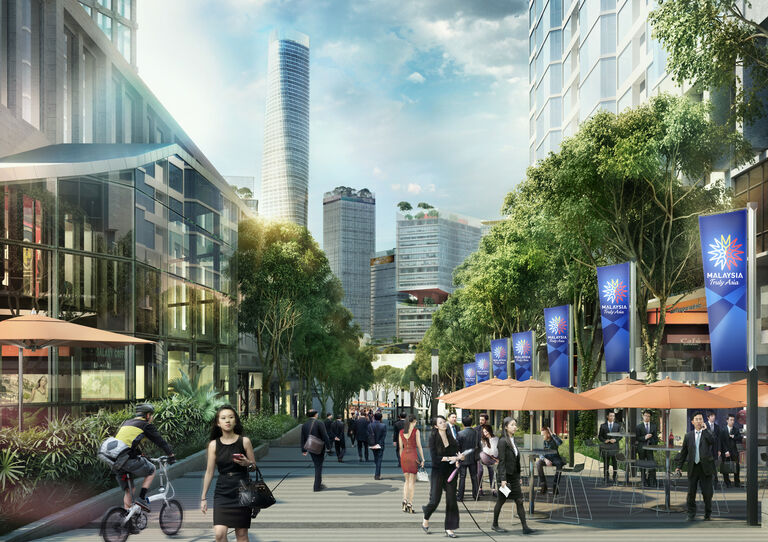
These public spaces are an essential part of identity. Unfortunately, we see instances where what is considered as public space is moved inside the building, for example in the form of a viewing deck or sky garden. This often replaces existing space in the city and access can be easily restricted, through opening times or entry fees.
It happens at ground level too, where building owners have the legal rights over the land at the base of their tower. They can then influence things like the activities that are allowed in the space and the routes people can move around the city, through enforcement if necessary. Because of this, these spaces are not public in the true sense of the word and the building becomes disconnected from the community.
Detailed research, community engagement, a robust planning policy and a strong relationship with the client can all help with the creation of distinctive environments.
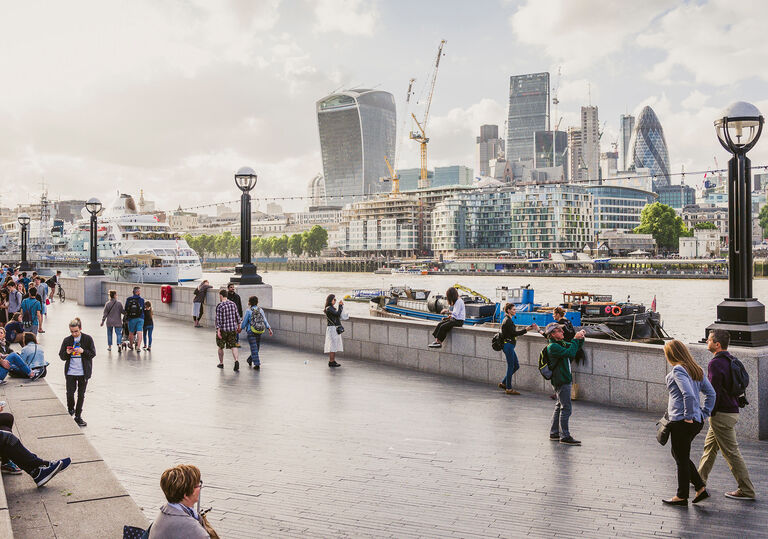
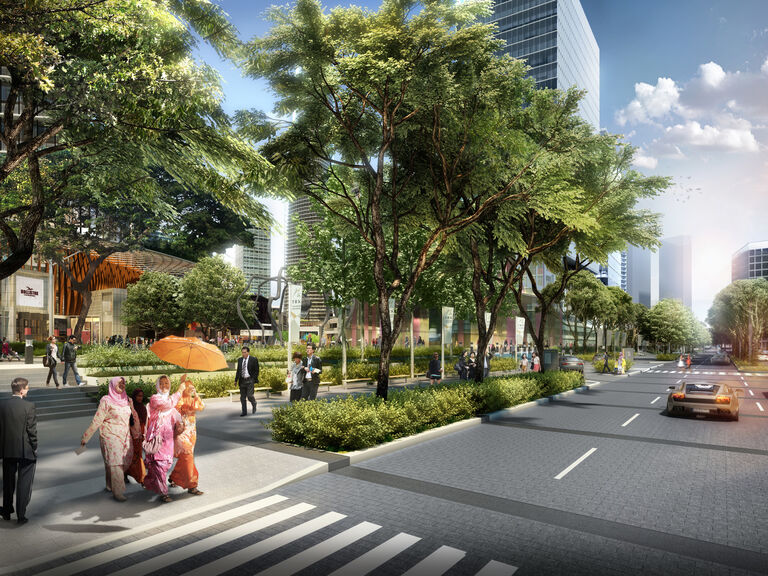
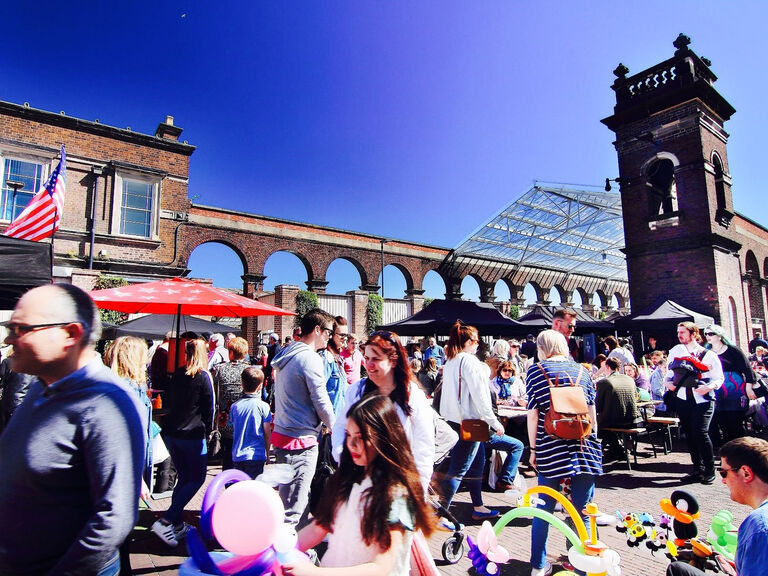
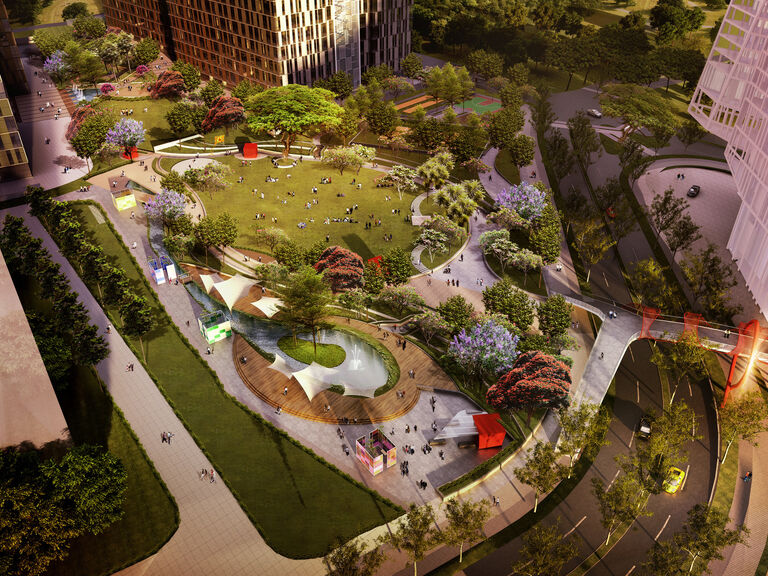
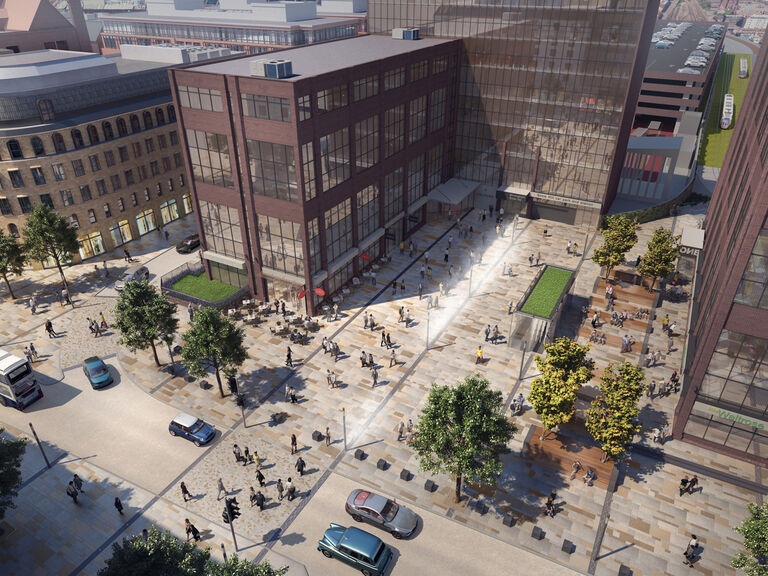
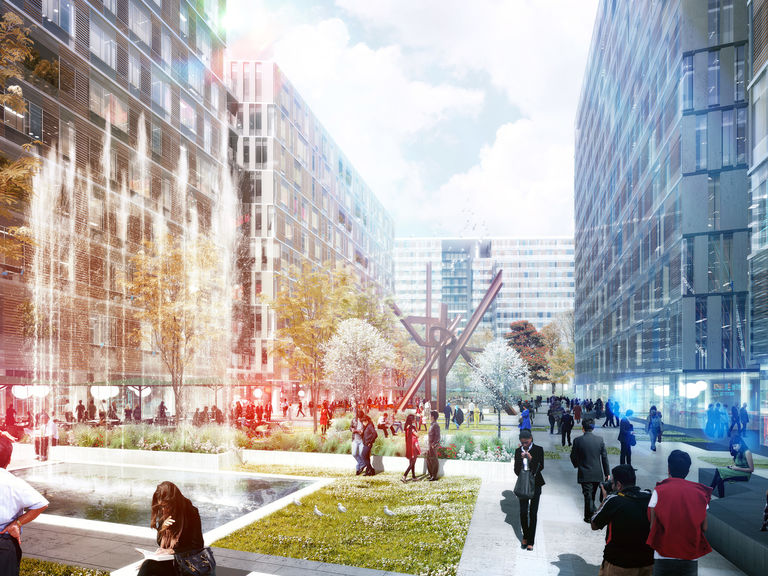
Download: “将高层建筑与其环境融为一体,拒绝千篇一律的城市”